Great Lakes Ice Cover Most Extensive in 20 Years
Covering about 88 percent of the lakes on February 13, the ice has implications for water levels, shipping and fisheries.
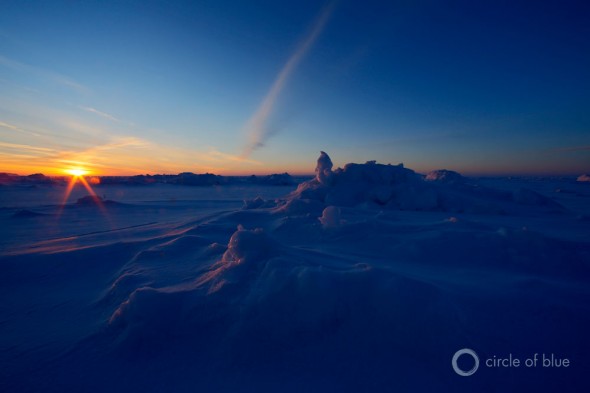
By Codi Kozacek
Circle of Blue
Ice conditions on the five Great Lakes are the strongest they have been in years, extending across more surface area than in any year since 1994, according to measurements compiled by the National Oceanic and Atmospheric Administration’s Great Lakes Environmental Research Laboratory. As of February 13, ice covered 88 percent of the lakes as a whole. Lake Superior and Lake Huron were both approximately 95 percent covered, while Lake Michigan was 82 percent covered, Lake Erie was 96 percent covered and Lake Ontario was 43 percent covered.
In the past four years, ice cover has been consistently below the long-term average of 51.4 percent coverage, and three of the lowest ice cover years recorded have occurred in the last 20 years, raising concerns about larger climate changes in the region. Record low water levels on Lake Michigan and Huron last January were in part attributed to low ice cover and subsequent increases in evaporation. This year, extended periods of cold weather led to earlier and more extensive ice formation on the lakes.
“One thing different [this year] is there was an earlier start to the ice season because of the temperatures in early fall and winter,” George Leshkevich, a physical scientist at NOAA GLERL’s Coastwatch program, told Circle of Blue. “We started having ice growing on the lakes—at least in reports from bays and harbor areas—as early as the end of November as opposed to normally in mid-December. With that first arctic vortex with the extended cold temperatures, that ice kept growing.”
Extended ice cover has implications for lake levels, fisheries, regional weather, and the shipping industry. Ice curbs evaporation from open water, for example, acting as a “stabilizer” for water levels and reducing the amount of lake effect snow, according to Leshkevich. If ice persists late into spring, it can also have a cooling effect on near-shore environments, such as major fruit producing areas along the western coast of Michigan. The ice can also provide benefits for certain fisheries.
“There are certain species like whitefish, especially in Lake Michigan and Lake Superior, that require stable ice cover over their spawning beds, or else the spawning bed is susceptible to winter storms,” Leshkevich said. “Protecting the spawning beds can help fish recruitment for the next season.”
The Great Lakes shipping industry has already felt the effects of the ice this season. In an effort to keep channels open for ships, U.S. Coast Guard ice breakers on the lakes have logged nearly four times the 5-year average of ice-breaking hours in the first quarter of fiscal year 2014. In the Straits of Mackinac, a major shipping pathway, ice in early February was more than two feet thick in some places.
Ice cover is highly variable depending on air temperatures—a recent warming spell this week, for example, reduced total ice cover to about 80 percent—and year to year variation appears to be increasing as well, Leshkevich said. Nonetheless, overall trends appear to point to decreasing ice cover.
“From the 40 years of records that we have, if you plot the maximum ice cover for each year, it goes up and down, is variable,” he said. “But if you draw a trend line through it, it is downward. This year is going to change that trend line a little bit, but it will still probably be trending downwards. I think the thing is from the late 1990s, about 1998 which was an El Niño year, it seems to become more variable.”
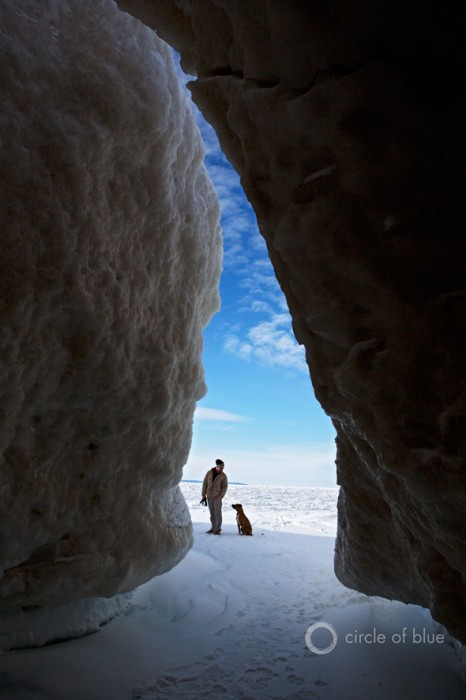
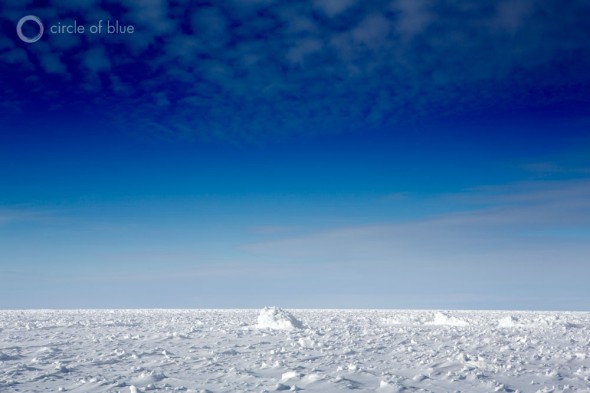
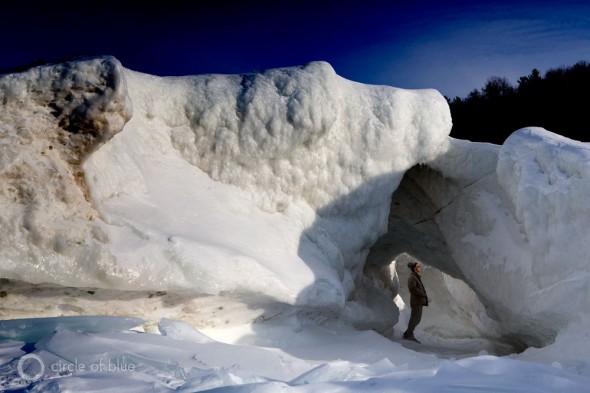
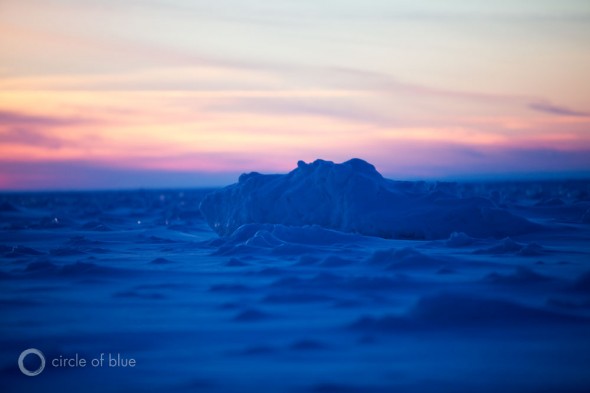
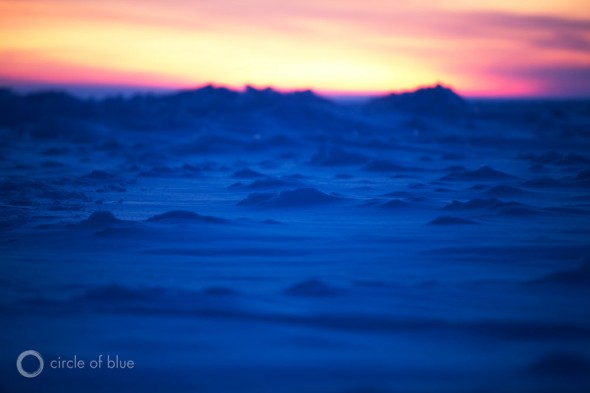
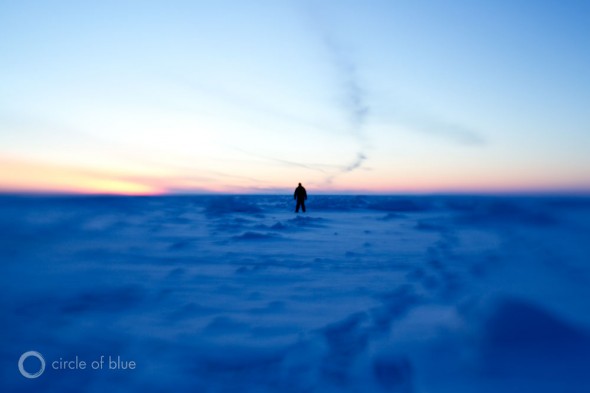
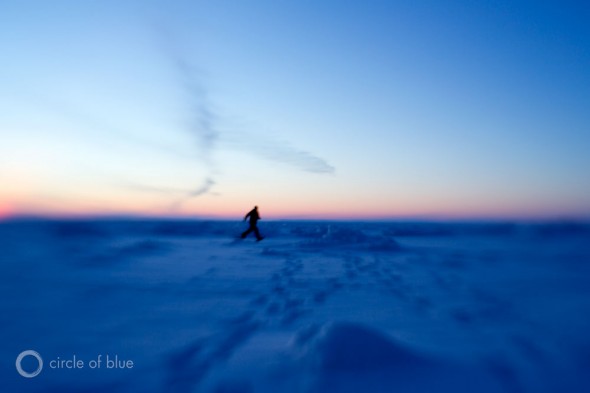
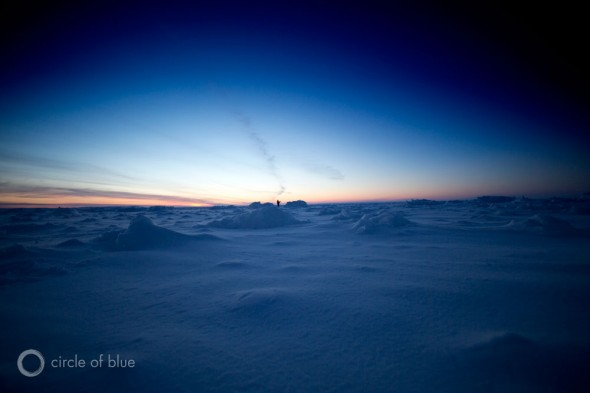
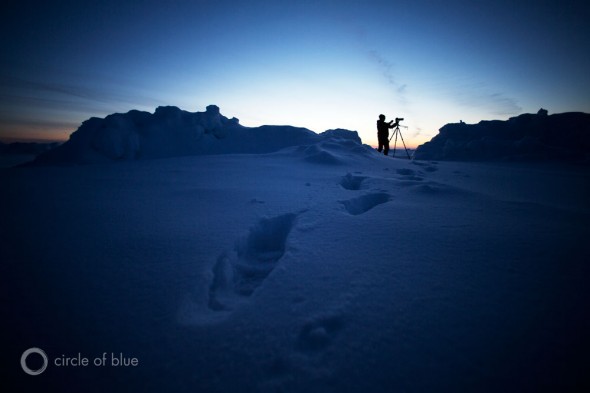
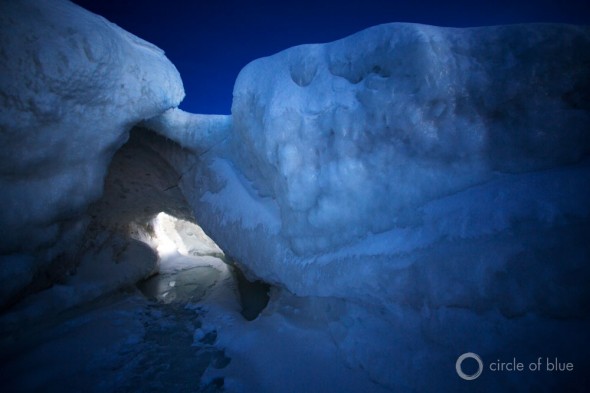
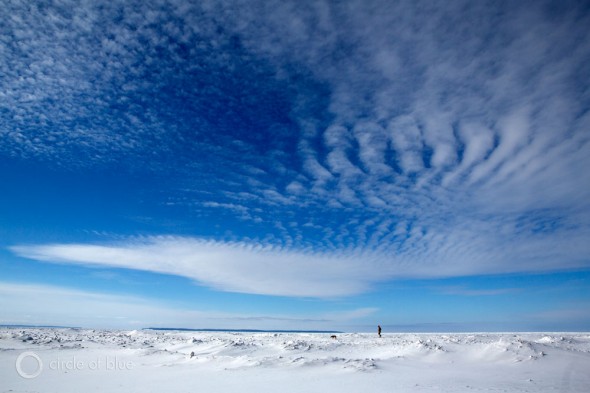
A news correspondent for Circle of Blue based out of Hawaii. She writes The Stream, Circle of Blue’s daily digest of international water news trends. Her interests include food security, ecology and the Great Lakes.
Contact Codi Kozacek

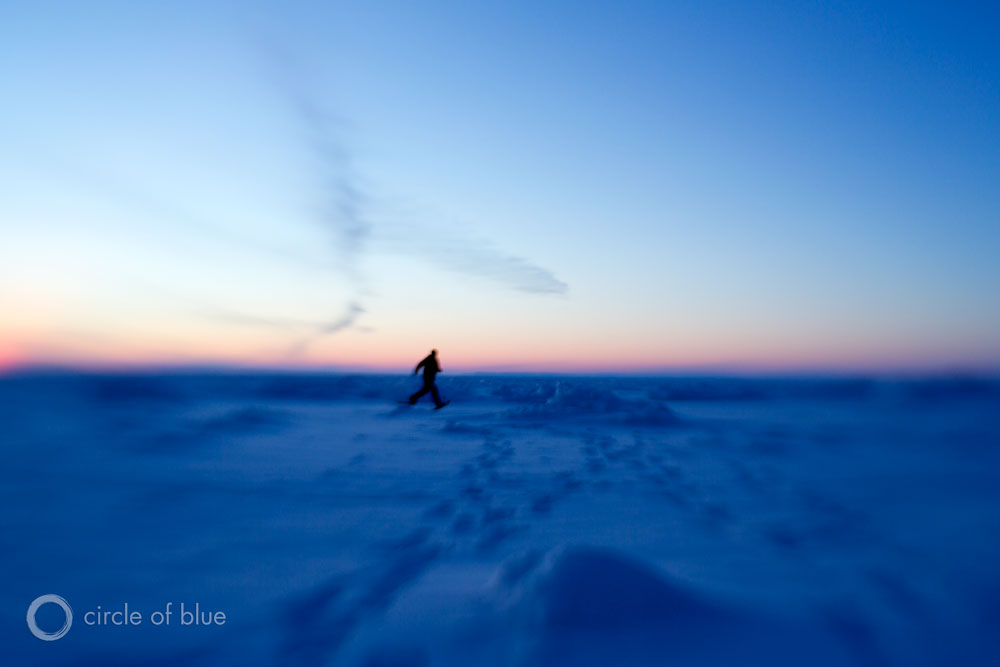
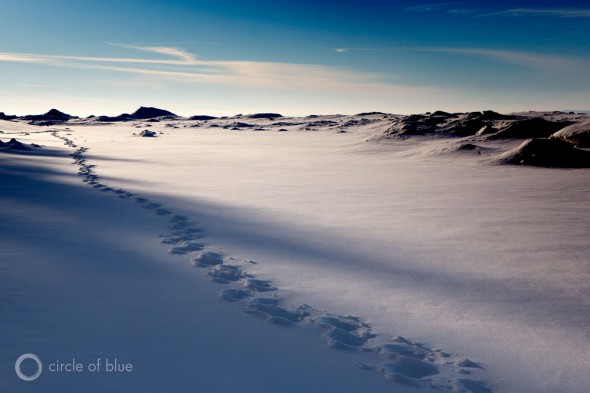
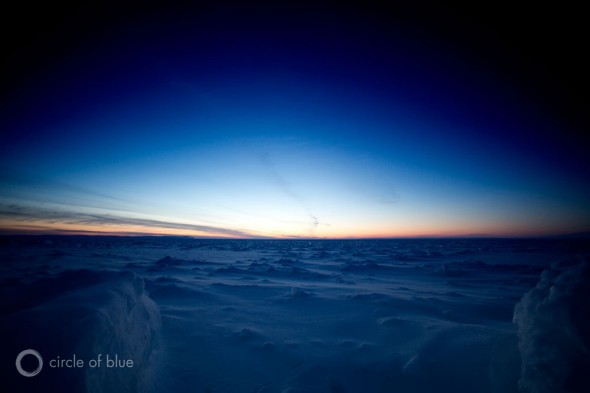

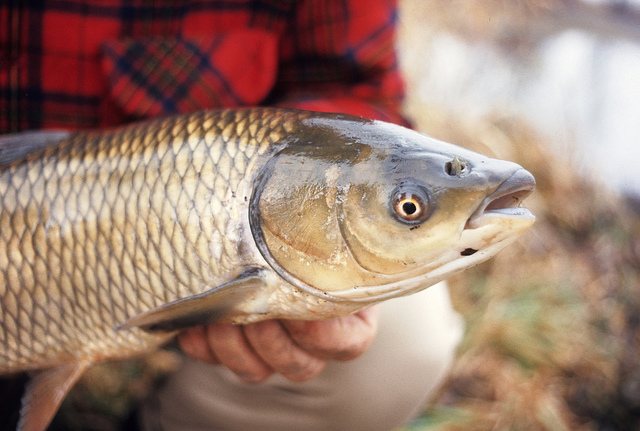

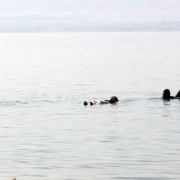




Leave a Reply
Want to join the discussion?Feel free to contribute!